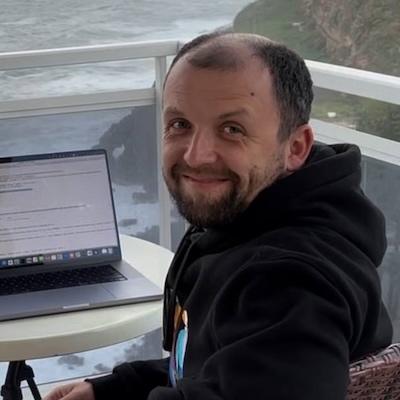
Over the last 2 years, we’ve seen an increasing trend of cloud development teams migrating to Pulumi from Terraform. These teams often have experience with and meaningful investment in Terraform, but have also typically run into limits of expressivity, productivity, scalability, or reliability with their existing tools. One of the first questions we hear when they decide to move to Pulumi is “how will I migrate my existing Terraform projects over?”.
Today, we’re excited to announce new support for converting whole Terraform projects to Pulumi via the pulumi convert command in the Pulumi CLI. The new Terraform converter includes support for Terraform modules, core features of Terraform 1.4, and the majority of Terraform built-in functions, converting to Pulumi TypeScript, Python, Go, or C#. The new converter can significantly reduce the amount of time it takes to migrate Terraform to Pulumi. Let’s dig in to learn more about the new converter and how to use it.
Read more →























